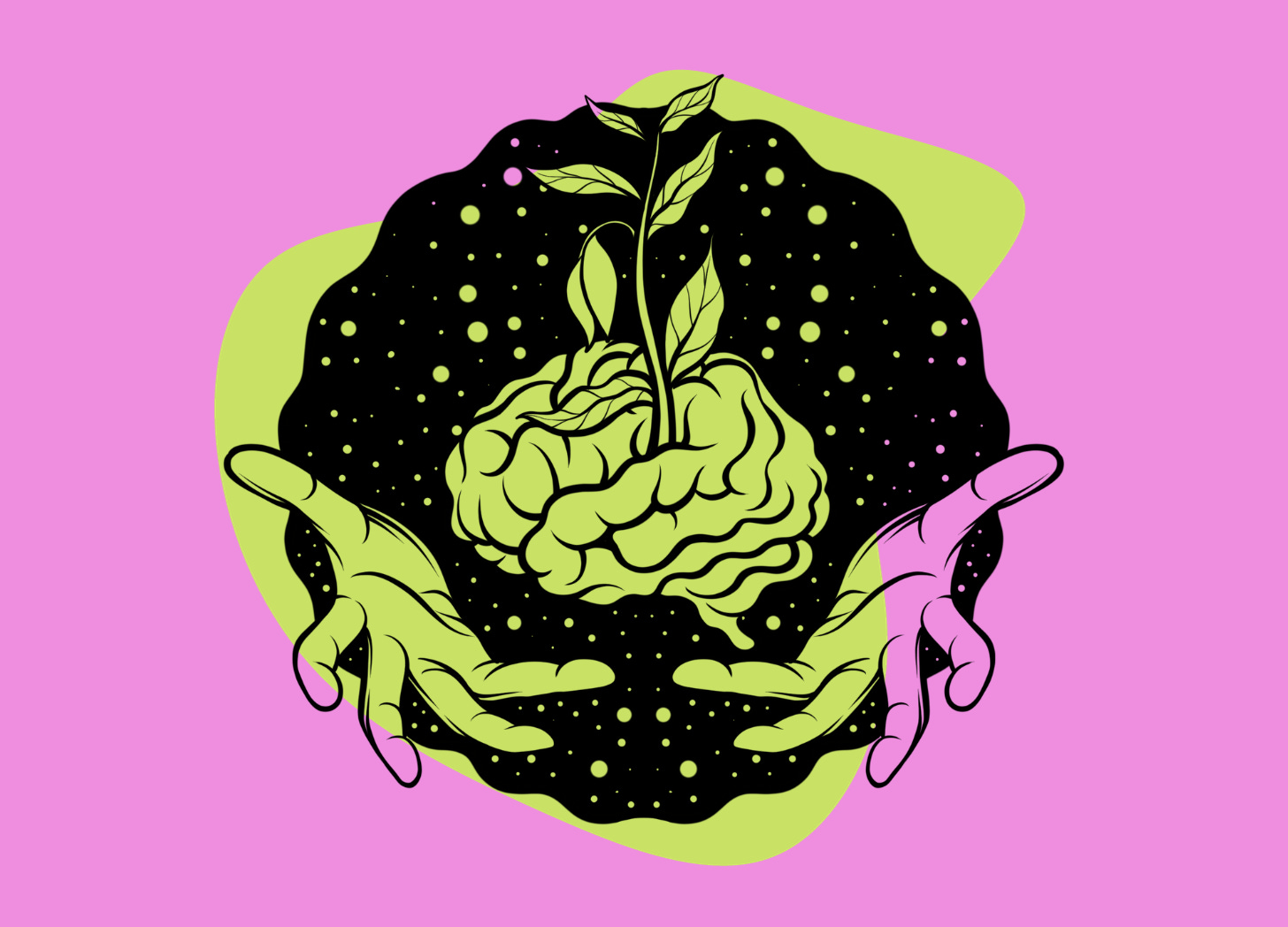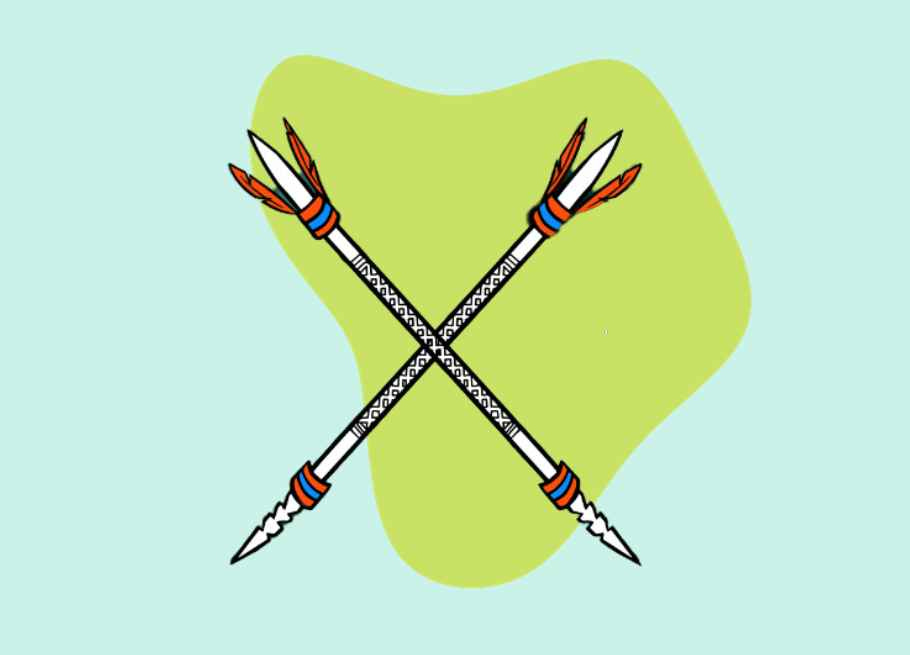If We Lose the Amazon, Plant Medicine Goes With it 🌳💀
Imagine a world without the Amazon — the source of our most cherished plant medicines & the literal lungs of the Earth. Here are 5 organizations risking it all to ensure we never have to.
Normally, our Friday posts are reserved for paid subscribers only, but we felt this content was too important to hide behind a paywall.
If you want to continue receiving our Friday posts, consider signing up for a paid subscription.
For the rest of October, if you donate at least $50 USD to any of the organizations listed below, you’ll receive a 1 year paid subscription with Tripsitter.
Just email a screenshot to high@tripsitter.com.
It’s no secret the Amazon rainforest is in danger.
The Amazon is being rapidly converted into Western interests like oil, lumber, and mining while funneling profits into some of the world's richest companies. Slash and burn agriculture, for raising cattle and soy, has taken huge swaths of the jungle and contributed to massive wildfires with global consequences. Illegal mining and drug running bring profits to an immense, untamed criminal underworld.
Despite the Amazon covering 40% of South America and being home to 10% of all wildlife on Earth, the rainforest is finite. And some say it is close to a tipping point.
“They are taking our space, taking away our land and, together with it, our dreams and our culture.” — Juma Xipaia
Integrated with such immense biodiversity are over four hundred distinct indigenous tribes.
Some of these people have shared an irreplaceable wealth of knowledge with Westerners. Some of us now have been lucky enough to experience shamanic tools like ayahuasca, yopo, kambo, dietas and other medicines unheard of in our own cultures.
Plant medicine is admittedly a small slice of Amazonian culture. However, plant medicine cannot be separated from its roots in the Amazon. Nor should plant medicine be separated from the traditions and people who have stewarded them. For those of us outside the Amazon, plant medicine is a window into another world.
That world is more than names of plants, animals and tribes. It’s how people live and their worldview. For some people still living in the Amazon, in some cases even uncontacted tribes, their culture is the Amazon itself.
Cultures are connected to place. As Anthropologist and National Geographic Explorer Wade Davis writes:
“Even as we lament the collapse of biological diversity, we pay too little heed to a parallel process of loss, the demise of cultural diversity, the erosion of what might be termed the enthnosphere, the full complexity and complement of human potential as brought into consciousness.”
Even in patches where the rainforest remains intact, the enthnosphere is changing fast. Youth understandably leave the jungle to participate in a globalized world. Others with fewer options stay to profit from mining, logging or trafficking.
Yet ignorant to the disappearance of the Amazon and the traditions left within a hunger for both plant medicine and guidance from the cultures who know it remains.
Rumor has it that even the beloved ayahuasca vine (Banisteriosis caapi) has become increasingly hard to find.
The Challenges of Conservation
Conservation is complex. Solutions like “stop cutting down all the trees” seem simple. But in reality, this is extremely difficult. Too many people now profit from the destruction — governments and multinational corporations have a foothold alongside organized and petty crime.
Even when governments are well-intentioned, progress can be turned back in just a few years.
Take, for example, Brazil, where roughly 60% of the Amazon exists. Great strides to curtail deforestation have been made in recent memory. Yet, in only four years with Brazilian president Bolonsaro, deforestation rocketed back up by 60%. In South America's volatile politics, conservation or even regeneration demands long-term stability and consistency, which is hard to find.
Talking about the problems is risky, too. With Amazonia, in particular, it's downright dangerous to be an activist or journalist. In 2022, Latin America was responsible for 88% of activist deaths, with Colombia being the most dangerous.
Also in 2022, indigenous activist Bruno Pereria was killed alongside British journalist Dom Phillips, who was writing a book dubbed How to Save the Amazon: Ask the People Who Know.
However, while the situation seems bleak, many are rallying to save the Amazon. Dozens of organizations, indigenous-run or non-profits abroad, are working to preserve what is left and reclaim what has been lost in the hopes of regenerating a future.
Here, we have featured just a few, so you can follow their stories, learn or perhaps pledge support by sharing information, signing up for newsletters or donating.
1. Waorani Resistance
“Our spears are no longer enough to defend our territory from oil threats. We, the Waorani of Pastaza, recognize the importance of tools like video, digital campaigns, political advocacy and legal strategies in the defense of our ancestral homeland.”
In 2019, Waorani Resistance defended their traditional territory from oil developers in the Pastaza region of Ecuador, near the headwaters of the Amazon. With leadership from activist Nemonte Nenquimo, the auctioning of Waorani lands to oil companies was halted indefinitely. The victory resulted in the protection of almost 500,000 acres of rainforest.
Waorani Resistance is a collaboration between the indigenous-led CONCONAWEP and the Ceibo Alliance in partnership with the US-based Amazon Frontlines.
The legal decision in favor of Waorani casts doubts on the legitimacy of other planned auctions of land in Ecuador, potentially affecting over seven million acres of land. Now, Waorani Resistance is riding the momentum, seeking to ensure indigenous people throughout Ecuador have the right to decide the fate of their own territory is guaranteed.
“This is what Indigenous autonomy looks like, and this is how the Waorani have protected their homelands for thousands of years and aim to protect it for thousands more.”
→ Donate to Waorani Resistance
2. Amazon Watch
A great deal of the destruction of Amazon is illegal. Non-profits like Amazon Watch keep an eye on human rights violations, corporate accountability and fight for climate justice.
The organization was born in 1996 when Atossa Soltani answered the call of U'wa Elders to protect the Amazon. A group living in the cloud forests of Colombia, the U'wa, have long been defending territory from oil extraction, a struggle popularized through their elder and liaison to the outside world Berito Kuwaru'wa.
Amazon Watch has worked in solidarity with indigenous peoples to amplify voices and champion indigenous-led solutions. Leading and contributing to many successful campaigns, such as the landmark decision of courts to fine Chevron 9.5 billion after toxic dumping. (Although Chevron has resisted taking responsibility for the ruling.) The case is often regarded as one of the worst cases of oil contamination in history.
The organization also supports indigenous self-determination and governance through various projects, grants and fellowships. Nina Gualinga, an Ecuadorian activist, completed one such fellowship and states in Amazon Watch's explanatory video:
"You cannot justify human rights abuses with economic arguments. We are also human beings, just as anyone else, and we have the same rights as anyone else to choose our way of life and to have that choice respected."
3. Amazon Underworld
A compelling recent project is Amazon Underworld. A team of 37 journalists spent the past year tracking movements of guerilla groups, narcotics traffickers, and rogue military competing for their share of the Amazonian wealth.
“Beneath the lush canopy of the world’s most biodiverse ecosystem, a darker reality lies hidden behind the natural splendor. A labyrinth of thousands of rivers allows criminal groups to move freely, while the dense forest cover enables them to evade detection.”
Multinational oil companies are one thing. But at least equally dangerous are the many groups warring for illegal control of Amazonia's coca, gold, lumber, and other minerals. With interactive maps showing areas of control by different groups and where resources are located, the project paints a vivid picture of the intricacy of crime syndicates in Amazonia.
Educational, raw, and real, the implications beg the readers to consider how the problems can possibly tackled. Consider this quote from a Colombian crime boss from the introductory article on the site.
“This is a warehouse, a Persian market. You can get everything from a .38-caliber gun to a surface-to-air missile here in the Amazon.”
The program runs fellowships through the Pulitzer Rainforest Investigation Network (RIN), sending experienced investigative journalists to the Amazon for a full year. As an independent organization, the platform distributes stories through its website, socials, YouTube channel and affiliation with InfoAmazonia.
4. Amazon Conservation Team
Also, storytelling through interactive maps Amazon Conservation Team has been working towards the preservation of tropical rainforests along cultural respiration in partnership with individual communities' worldviews and priorities.
With humility, acknowledging we may never understand the perspectives of those from the rainforest, the Amazon Conservation Team works to protect the guardian of the forest.
Amazon Conservation Team takes a three-pronged approach targeting land, livelihood, and governance.
Land — The ambition is to create corridors and buffer zones to legally expand indigenous land managed with sustainable practices.
Livelihood — Those in the rainforest also have economic needs. These are sustained by the land. Drawing attention away from destructive practices like mining and logging income from cosmetics, handicrafts, and herbs or food products the forest provides, local economies grow in strength.
Governance — Sustaining a culture requires the transmission of knowledge. The conservation team works to help communities cultivate institutions that strengthen local culture and encourage autonomy, which often includes the remembrance and recording of stories full of essential practical and spiritual significance.
Amazon Conservation Team also boasts impressive numbers and impact, which you can find here.
→ Donate to Amazon Conservation Team
5. Rainforest Action Network (RAN)
“Our fight is not just a fight about oil. This is a fight about different ways of living. One that protects life and one that destroys life.” — Nemonte Nenquimo
The Rainforest Action Network (RAN) works to protect rainforests around the planet, in South America, Indonesia, Japan and others. The mission is to protect forests and human rights by disrupting corporate influence and systemic injustices.
In collaboration with those on the ground and with strategic campaigns, the Rainforest Action Network works towards a world with healthy forests and a stable climate in which the rights and dignity of all communities are respected.
One of Rainforest Action Network's approaches is exposing the role of global banks in climate change with the "Defund Climate Change" campaign. Reports and financial data are freely available on their website through The Taskforce on Nature-Related Financial Disclosures (TRND) analysis. The project gives easy access to anyone wanting to understand the impacts of systemic issues (the billions in profits) contributing to the ongoing exploitation of resources.
Following the money has revealed how household brands consume vast amounts of palm oil, paper, timber, beef, soy and cocoa. Meeting demand means funding from big banks is contributing to the burning and clearcutting of tropical rainforests. Tracking global supply chains has led to campaigns calling out specific brands like Top Ramen.
RAN also gives grants to indigenous-led community projects and has a petition anyone can sign today.
→ Donate to Rainforest Action Network
For the rest of October, anybody who donates at least $50 USD to one of these organizations will get a 1-year free subscription with Tripsitter.
Send us an email at high@tripsitter.com with a screenshot of your receipt.
Further Reading
7 Steps to Save the Amazon (The Guardian)
Photobooth: Who Can Save the Amazon? (The New Yorker)
The Healing Power of Rainforest Herbs (Book by Leslie Taylor)
6 Sacred Amazonian Medicines:
Enjoying the Trip? 🍄
Don’t Journey Alone! Tripsitter was built by a community of psychedelic advocates — but it’s people like you that allow us to thrive.











